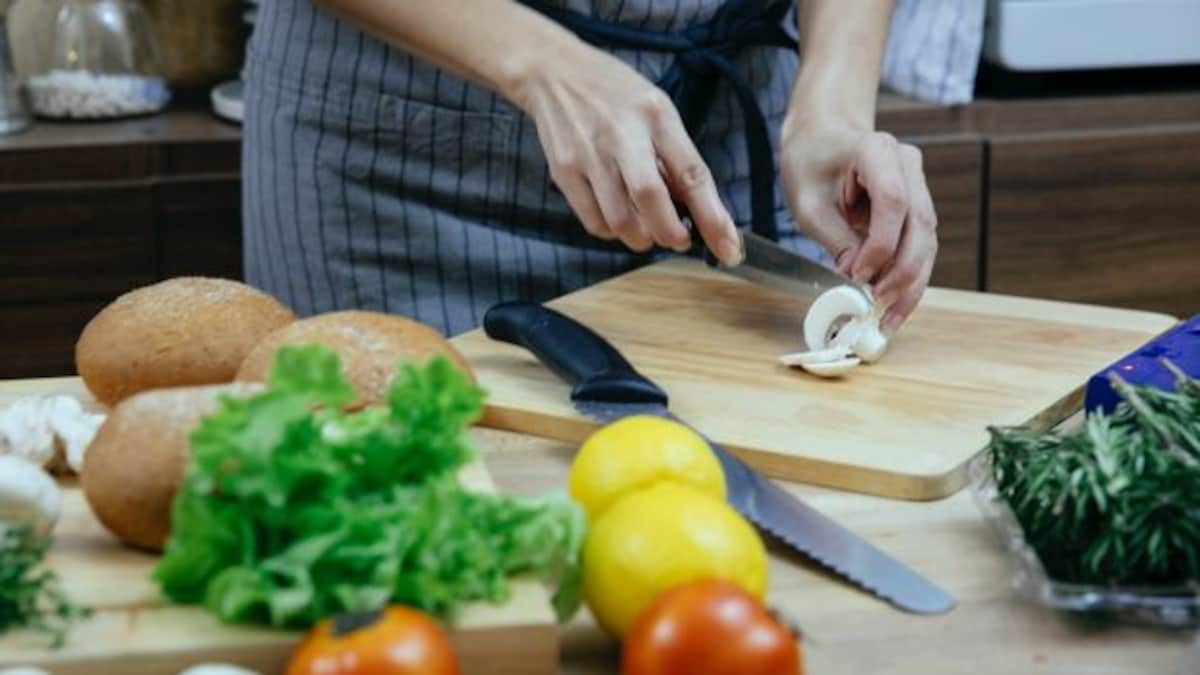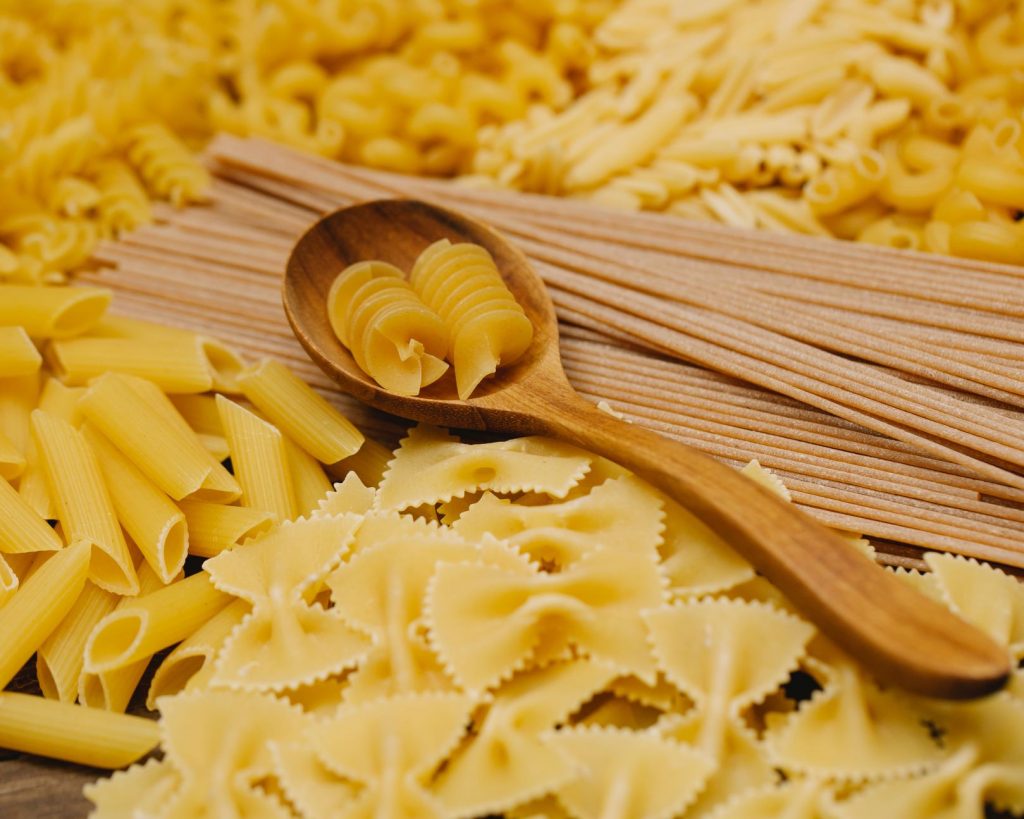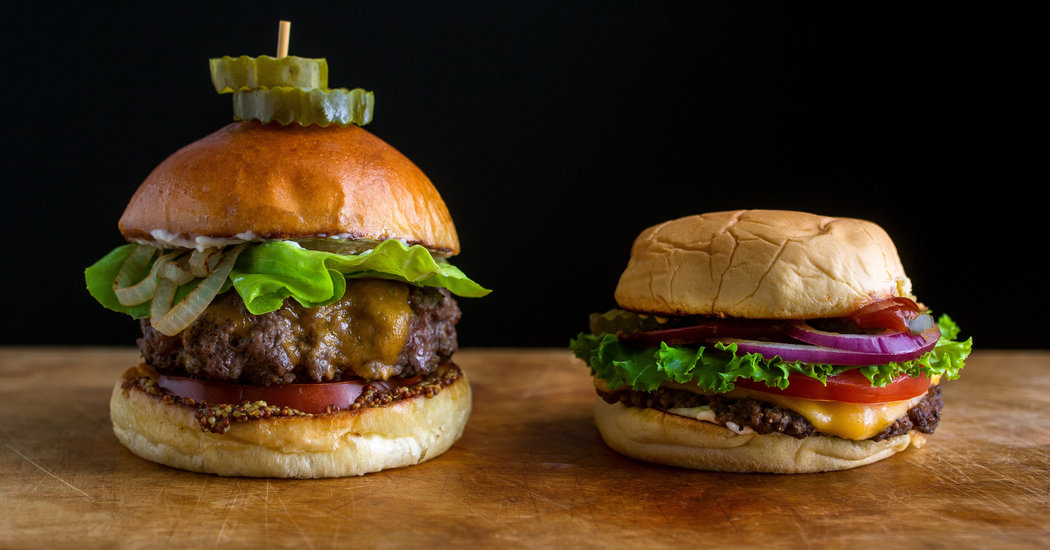
There are several levels of difficulty and age ranges when it comes down to cooking skills. For younger children, the basic techniques are easiest. Older children may require more help. The recommended age range for children is between 3 and 5 years. These are some of the best kitchen tasks for kids. These activities can also serve as a starting point for more advanced cooking and shopping list preparation. No matter your age, children can learn basic cooking skills right away.
Basic cooking skills
Basic cooking skills are essential for any successful mealtime, whether you're looking to teach your child to cook or just want to improve your skills. Although there are many cooking skills suitable for children of different ages, some require more supervision. Here are the most important guidelines:
Age ranges
As young as three years old, children can wash their hands and follow simple recipes. They will eventually be able to put together food by understanding the basics of mixing and cutting ingredients. It is a great opportunity to introduce them to basic kitchen tools such as the oven. As they grow and become more proficient, they can also learn to alter recipes and use more sophisticated kitchen appliances.
Techniques
Cooking with children can have many benefits. This is a wonderful way to learn vocabulary and bond with your child. It's also an enjoyable way to share a responsibility. Cooking with a toddler requires patience and time. Choose simple recipes that are in line with their skill level. Recipes that require little cooking time are best. You should look for dishes with interesting textures and colors. These techniques will make cooking enjoyable for everyone.

Involving children in the kitchen
It's a great way for kids to have fun at dinner. This can help them develop valuable life skills. Even though newborns may not be skilled cooks, they can learn how to prepare basic meals in the kitchen. If you allow them to have fun with the food, it will make the activity more natural for them. They will also be more interested in cooking as they grow older. They will naturally be more curious about the kitchen as they grow older.
Food presentation
It doesn't matter if you cook for your family or for your kids, the importance of food presentation is paramount. Food presentation can make a significant impact on the eating habits of children. Here are some tips to make your food look its best. Fun garnishes such as carrot curls or radish roses are also possible. Just remember to supervise children while they're handling knives. If they have any questions about how to use the knives, you can ask an adult to help.
Measurements
Math skills can be improved by teaching your children how to measure. This skill can be beneficial for your child's time and sense of time. The children will be able compare quantities and estimate using cups and utensils. These skills will prove to be valuable when students move on to more complex math classes like pre-algebra, geometry, and other advanced mathematics. But it doesn't stop there. It's not just about improving fine motor skills.
Building self-confidence
Developing self-confidence in children through cooking skills is an excellent way to teach them the value of a task, as well as healthy habits. Children who learn how to cook from scratch are more likely to continue these good habits into adulthood. Children will also feel proud when they make something from scratch, which will help boost their self-confidence. Cooking can strengthen family bonds and give your child a sense responsibility.

FAQ
Do I need to go to culinary school to be a chef?
No. Many chefs started their careers by learning on their own. Some even went to culinary schools to gain practical experience. However, most chefs prefer to attend culinary school because it gives them more opportunities to learn and grow professionally. Culinary schools allow students to learn hands-on skills, and this helps them improve their cooking knowledge.
What does it take to become a chef in the United States? What is the average career path?
Becoming a chef takes approximately five years. You will be able to learn basic cooking techniques as well as gain practical experience working in a kitchen. When you finish your training, you can apply for positions as a line cook, sous chef, or executive chef. The salary range for a chef is between $25,000 to $60,000 per annum.
What are the requirements to become a chef?
You must hold a bachelor's in culinary arts to be a chef. You will also need to pass several tests administered by ACF. A certificate will verify your qualifications once you have met all of these requirements.
Is there a difference in a chef and a cooker?
A chef is someone who prepares food for others. A cook prepares food for his or her own consumption. While both jobs involve preparing food, a chef works directly with customers. This may mean that they might have to choose what to cook for guests depending on their preferences. Cooks don't interact with customers. Instead, a cook makes sure the food tastes good before delivering it to customers.
How do you become a chef?
There are many ways to become a chef. Start by enrolling in a class at a vocational school or community college. Then, look into attending culinary school. You can also apply for a paid internship.
Can I learn how to cook together with my children?
Yes! Kids love to help in the kitchen. It's fun and teaches kids responsibility as well as teamwork. You can have your children help you with everything, from washing vegetables to cutting onions. They will enjoy helping you to cook if your children are safe with knives.
Statistics
- under 10 Kids have been taught that there is special food just for them, and Fiese says that 10 percent of kids will throw a tantrum if they don't get the food they want. (washingtonpost.com)
- The median pay for a chef or head cook is $53,380 per year or $25.66/hour, according to the U.S. Bureau of Labor Statistics (BLS). (learnhowtobecome.org)
- On average, chefs earn $58,740 a year, according to the BLS. - learnhowtobecome.org
External Links
How To
How to make a perfect eggroll
Omelets are my favorite breakfast dish. But how do you create them perfectly? I have tried many different recipes and methods, but none of them work. I have some tips and tricks to help you make delicious, fluffy omelets every single morning.
We should first know that eggs are very temperamental ingredients when making omelets. The eggs must be fresh from an organic source and kept at room temperature until they are ready to be cooked. If you don't keep them cold enough, the whites won't form properly, and the yolks will break down too much and become runny. This causes your omelets to look oddly colored. If you want to make omelets right away, it's best not to use eggs that are too cold.
Another tip is to separate each egg before adding them to the saucepan. You don't want any white to get mixed up with the yolk because this could cause the omelet to curdle.
You could end up burning the bottom half of the egg if the egg is added directly to the heat source. Instead, heat the egg for 10 seconds in the microwave before placing it in the pan. The microwave heat cooks the eggs just right without overcooking them.
Next, let us talk about how to mix the eggs. Mixing eggs together is important. You need to beat them well. To do this, grab the bowl of the mixer and turn it upside down. Then, vigorously shake the bowl. By doing this, the egg is thoroughly mixed with the air in the bowl.
Now comes the fun part: adding the milk to your mixture. Mix half of the milk with the eggs. Then fold the eggs in half into the remaining milk. Do not worry if you see streaks of egg; they will disappear when the omelet is flipped.
After folding the eggs fold the pan onto medium heat. When the oil starts to hot, wait for the pan to cook. Once the oil starts getting hot, add 1/4 cup of butter to the pan and swirl it around to coat the entire surface of the pan. Carefully open the pan's lid and add salt to the pan. An additional pinch of salt will prevent the omelet form sticking to your pan.
Once the omelet forms, cover the pan again. Let the top side set completely. Use a spatula to flip the omelet or turn the pan upside-down. Cook the other side for another minute or two. Remove the omelet from the pan and serve immediately.
This recipe works best when you use whole milk.